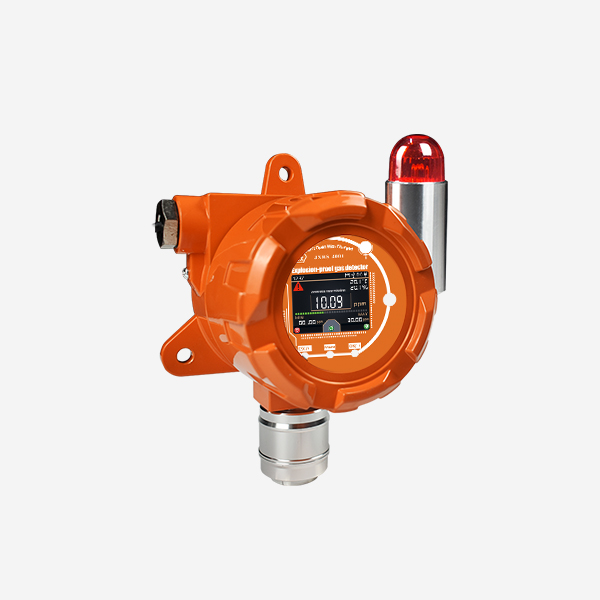As the world's urban population continues to grow, cities face increasing pressure to create healthier living environments for their residents. One of the top concerns is air pollution, which has been linked to a range of health issues including respiratory disease and cancer. Thankfully, advancements in gas sensor technology are providing an innovative solution for monitoring air quality in cities, making it possible to create smarter, cleaner, and healthier urban environments.

Gas sensor technology has come a long way since its early days, when expensive and bulky sensors were only used in specialized settings like chemical manufacturing plants and research laboratories. Today, thanks to advances in materials science and engineering, manufacturers are producing a wide range of highly sensitive and affordable gas sensors that can detect a variety of harmful pollutants, including ozone, nitrogen oxides, and volatile organic compounds (VOCs).
So how can these gas sensors be used to improve air quality in cities? One promising approach is to deploy networks of sensors throughout urban areas, creating a real-time map of air quality that can be accessed by city officials and the general public. This makes it possible to quickly identify areas with poor air quality, track emissions from industrial facilities and transportation sources, and evaluate the effectiveness of pollution control measures.
Another key advantage of gas sensor technology is its ability to provide localized measurements of air quality. This is especially important in densely populated urban environments, where pollution levels can vary significantly on a block-by-block or even building-by-building basis. By placing sensors in key locations like busy intersections and near major sources of pollution, city planners can gain a more accurate picture of how pollutants are distributed within the city, enabling them to take targeted actions to reduce emissions and protect public health.
These sensors measure a range of pollutants including nitrogen oxides, particulates, and carbon monoxide, and transmit real-time data to a central hub. City officials use this information to make decisions about traffic flow, issue public health advisories during episodes of high pollution, and target enforcement actions against violators of emissions standards.
Similarly, in China, the government has launched a campaign to deploy air quality sensors throughout urban areas as part of its broader efforts to combat air pollution. These sensors are being used to monitor levels of PM2.5 (tiny particulate matter that can enter the lungs and cause damage) as well as other pollutants, with the goal of reducing overall pollution levels and improving public health.
Despite their many advantages, gas sensor technologies do face some challenges in implementation. For example, ensuring the reliability and accuracy of data collected by these sensors is critical, but can be difficult given variations in calibration and sensitivity across different models. Additionally, maintaining sensors over time can be costly and time-consuming, requiring regular maintenance, calibration, and replacement of worn-out components.
To overcome these challenges, manufacturers and city planners are working together to develop new innovations in gas sensor technology that can improve reliability, reduce costs, and increase efficiency. Some promising areas of research include the development of self-calibrating sensors that require less frequent maintenance, the use of machine learning algorithms to improve accuracy, and the creation of modular sensor systems that can be easily replaced or upgraded as needed.
In conclusion, gas sensor technologies are poised to play an increasingly important role in creating smarter, cleaner, and healthier cities. By providing real-time data on air quality, enabling targeted interventions to reduce pollution, and promoting greater public awareness of environmental health hazards, these sensors can help ensure that future urban environments are safe and sustainable for generations to come.
 : +86 155 8830 2704
: +86 155 8830 2704 : jxdziot@gmail.com
: jxdziot@gmail.com
